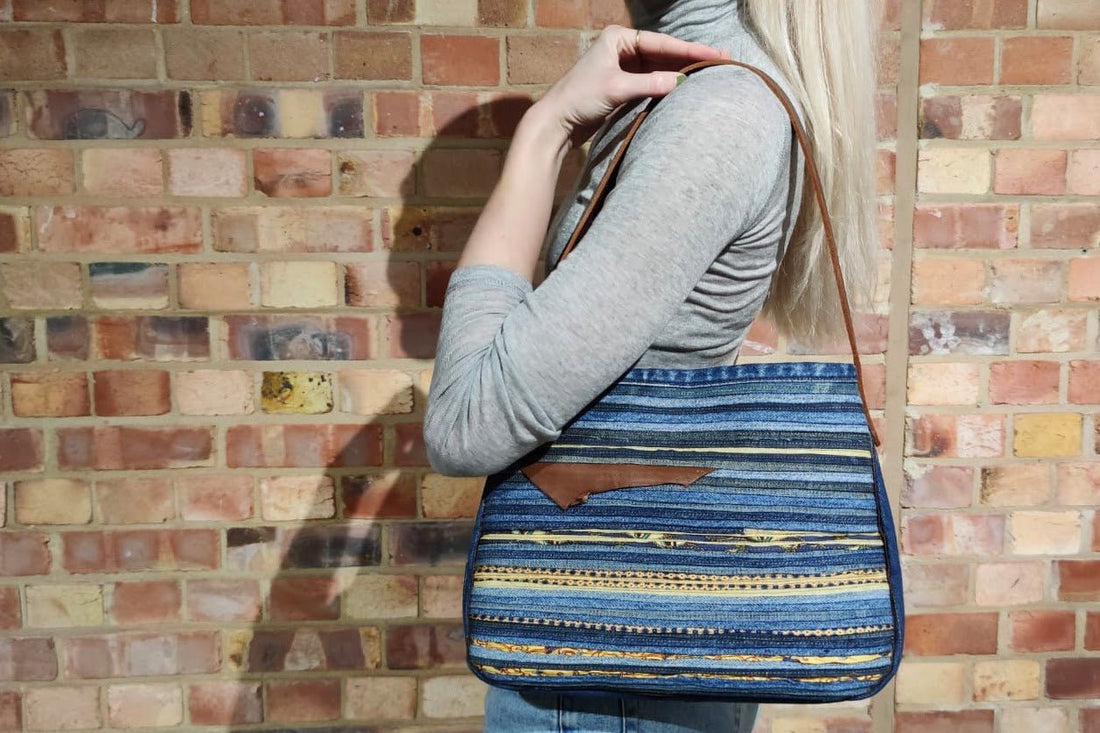
Independent Designers Take on Fast Fashion: Sustainability, Innovation, and Consumer Engagement
Fast fashion has revolutionized the clothing industry, bringing high fashion at low prices to the masses. However, its environmental and social impacts have sparked a growing movement against its practices. Independent designers are at the forefront of this movement, offering innovative solutions to the fast fashion problem. These designers are redefining how clothing is made, consumed, and valued, while fostering a more sustainable relationship with consumers.
The Problem with Fast Fashion
Fast fashion’s model is built on producing large quantities of trendy, inexpensive clothing at an accelerated pace. This leads to overproduction, waste, and significant environmental harm. It also perpetuates poor working conditions in factories across the globe. As awareness of these issues grows, consumers are increasingly seeking alternatives to this unsustainable cycle.
How Independent Designers Are Addressing Fast Fashion
Sustainable Materials and Ethical Production
Independent designers are focusing on sustainability from the ground up. They prioritize the use of eco-friendly materials like organic cotton, bamboo, and recycled fabrics. These materials reduce the environmental impact of clothing production, ensuring that the end product is both high-quality and sustainable. Ethical production is another cornerstone of their approach. By working with local artisans and ensuring fair wages, these designers not only support communities but also maintain transparency in their supply chains.

Ari at her studio in Brixton
Slow Fashion Movement
In contrast to the fast fashion industry’s focus on speed and volume, many independent designers are embracing the “slow fashion” movement. Slow fashion promotes thoughtful production and consumption, encouraging consumers to buy less but choose better. Independent designers often create limited runs of their products, ensuring that each piece is unique and made with care. This approach challenges the disposability of fast fashion, instead emphasizing longevity and craftsmanship.

Upcycling and Zero-Waste Design
To combat the wastefulness of fast fashion, many independent designers are turning to upcycling and zero-waste design techniques. Upcycling involves transforming old or discarded materials into new, high-quality products, giving them a second life. Zero-waste design, on the other hand, involves creating patterns that use every piece of fabric, leaving no scraps behind. These innovative approaches not only minimize waste but also result in unique, one-of-a-kind pieces that stand out in the market.
Engaging with Consumers
Independent designers are not just changing how clothes are made; they’re also changing how consumers think about fashion. They use social media and online platforms to educate consumers about the impact of their clothing choices, emphasizing the importance of quality over quantity. Transparency is key; many designers share their production processes and material sourcing openly, building trust and loyalty with their customers.
Moreover, they foster a deeper connection with their audience by offering customization and personalized services. This level of engagement creates a more meaningful shopping experience, where consumers feel invested in the story behind their clothes. As a result, they’re more likely to make conscious, long-lasting purchases, rather than impulsive, disposable buys.
Case Study: Ariike Studio's Waste Reduction Efforts
Ariike Studio exemplifies the commitment of independent designers to minimizing waste. This innovative brand has developed a unique approach to reduce textile waste by implementing a zero-waste pattern design. By meticulously planning each garment's construction, Ariike Studio ensures that every scrap of fabric is utilized, transforming potential waste into new fashion pieces or accessories. Additionally, the studio collaborates with local artisans to repurpose leftover materials into bespoke items, further extending the lifecycle of their textiles. Their dedication to sustainability is reflected in their transparent production processes and their focus on creating timeless, high-quality pieces that resist the throwaway culture of fast fashion. Through these practices, Ariike Studio not only contributes to reducing environmental impact but also sets a benchmark for other designers seeking to adopt more sustainable methods.
Conclusion
Independent designers are playing a crucial role in combating the fast fashion industry’s harmful practices. By prioritizing sustainable materials, ethical production, and innovative design techniques like upcycling and zero-waste patterns, they are leading the way toward a more sustainable and ethical fashion future. Their efforts are not just about creating clothing but about fostering a new mindset among consumers—one that values sustainability, craftsmanship, and the true cost of fashion.

